The Effect of Cross-border Capital Flows on Commercial Banks' Risk-taking in China
DOI: 10.23977/ferm.2024.070510 | Downloads: 23 | Views: 1140
Author(s)
Difei Zhang 1
Affiliation(s)
1 Institute of Finance, Central University of Finance and Economics, Beijing, 100000, China
Corresponding Author
Difei ZhangABSTRACT
As China's opening up continues to improve, the capital market has developed a pipeline-style opening, which gradually increased the proportion of foreign investors and correspondingly enlarged the scale of cross-border capital flows. However, the increasing scale and volatility of cross-border capital flows may cause cross-border contagion of financial risks and affect bank risk-taking. To examine the relationship between cross-border capital flows and bank risk-taking, this study examines the impact of cross-border capital flows on commercial banks' risk-taking in China, using data from 38 banks over 2016-2022. Empirical results reveal that increased capital flows significantly heighten banks' risk-taking. Besides that, the impact of cross-border capital flows on bank risk-taking is heterogeneous. The risk-taking level affected by cross-border capital flows of city and rural commercial banks has increased much higher than that of state-owned banks and joint-stock banks. These findings underscore the need for targeted macro-prudential policies to manage financial stability amidst expanding capital flows.
KEYWORDS
Cross-Border Capital Flows, Risk-Taking, Bank StabilityCITE THIS PAPER
Difei Zhang, The Effect of Cross-border Capital Flows on Commercial Banks' Risk-taking in China. Financial Engineering and Risk Management (2024) Vol. 7: 77-83. DOI: http://dx.doi.org/10.23977/ferm.2024.070510.
REFERENCES
[1] Chari, A., & Henry, P. B. (2004). Risk sharing and asset prices: evidence from a natural experiment. The Journal of Finance, 59 (3), 1295-1324.
[2] Chen, R. & Li, J. (2022). Short-term Cross-border Capital Flows, Exchange Rate Fluctuations and Bank Risktaking—Based on the Mediating Role of Asset Price and Liquidity Mismatch. Financial Regulation Research, (01), 58-78.
[3] Bruno, V., & Shin, H. S. (2015). Capital flows and the risk-taking channel of monetary policy. Journal of monetary economics, 71, 119-132.
[4] Dinger, V., & Te Kaat, D. M. (2020). Cross-border capital flows and bank risk-taking. Journal of Banking & Finance, 117, 105842.
[5] Enrica D. (2006). Bank Fragility and Inter national Capital Mobility. IMF Working Paper.
[6] Fang, Y., Yan, R. & Zheng, Z. (2017). Research on the Influencing Mechanism of Capital Account Opening on Bank Risk: A Comprehensive Analysis Framework. Studies of International Finance, (11), 33-43.
[7] Goldfajn I., Valdes R. O. (1997) "Capital Flows and the Twin Crises: The Role of Liquidity". International Monetary Fund. Wording paper.
[8] Gu, H. & Bian, Y. (2021). Ross-border Capital Flows, Fluidity Mismatch and Bank Stability—Based on the Dual Perspective of Bank Profitability and Risk Bearing Capacity. Economist, (06), 32-41.
[9] Gu, H. & Yu, J. (2020). Does Cross-border Capital Flow Increase Bank Credit Risk—Based on Capital Inflow, Outflow and Aggregate Flow. Journal of International Trade (09), 144-159.
[10] Gu, H., & Zhang, J. (2021). Loan Competition, Deposit and Loan Spreads and Bank Risk-taking: Moderate Effect of Cross-border Capital Flows and Bankers’ Confidence. Financial Economics Research, (06), 82-97.
[11] He, G., & Li, J. (2018). International Risk-taking Channel of Capital Flow. Economic Research Journal, (05), 146-160.
[12] Jin, C., Li, Y., & Jiang, X. (2020). Cross-border Capital Flows, Macroprudential Management and Financial Stability. World Economy Studies, (03), 46-59+136.
[13] Jing, Z., Li, X., & Fang, Y. (2022). Cyclical Fluctuation of Cross-Border Capital Flows and Risk Spillover Effects on the Chinese Banking Sector. The Journal of World Economy, (01), 182-205.
[14] Li, Z. Song, K., & Yang, J. (2020). Banking Openness, Foreign Ownership and Bank Risk-Taking. Finance & Trade Economics, (10), 96-110.
[15] Sun, T., & Wang, X.(2020). How Do Differences Between Internal and External Financial Factors Affect China's Capital Flows? Journal of Financial Research, (03),1-20
[16] Xie, X., & Yu, J. (2023). Cross-border capital flow, bank risk-taking and systemic risk of commercial banks. Shanghai Finance, (03), 29-43+56.
[17] Xu, L. (2021). Global Liquidity Dynamics and Bank Risk-taking in Emerging Market Countries. World Economy Studies, (11), 64-76+136.
[18] Zhang M. & Liu, Y. (2021). Will a Deteriorating Current Account Increase Domestic Asset Price Fluctuation? —A Study Based on Mechanism and Time-Varying Effect of G20. Studies of International Finance, (05), 34-43.
[19] Zhang, L., & Zhong, Q. (2020). The Global Financial Cycle, US Monetary Policy, and the Impossible Trinity. Journal of Financial Research (02), 15-33.
[20] Zhao, H., & Chen, Y. (2023). Research on the Impact of Cross-border Capital Flows on Bank Risk-taking under the Dual-pillar Regulation. Huabei Finance, (03), 1-13+28.
[21] Zhao, Y., & Xu, Z. (2021). The impact of cross-border capital flows on the Chinese banking system. SAGE Open, 11 (2), 21582440211021410.
[22] Zhou, G. (2018). The impact of capital account opening on financial risk: An analysis from the perspective of capital flow. Journal of International Economic Cooperation, (07), 82-88.
| Downloads: | 38628 |
|---|---|
| Visits: | 1006124 |
Sponsors, Associates, and Links
-
Information Systems and Economics

-
Accounting, Auditing and Finance
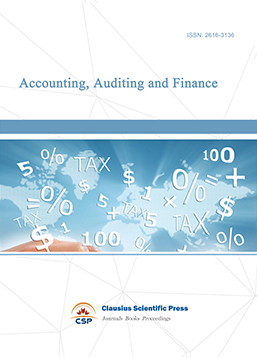
-
Industrial Engineering and Innovation Management

-
Tourism Management and Technology Economy
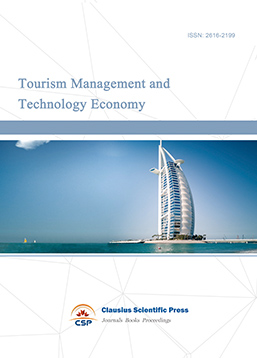
-
Journal of Computational and Financial Econometrics
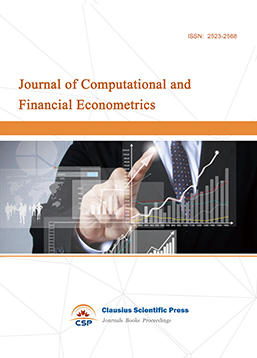
-
Accounting and Corporate Management

-
Social Security and Administration Management
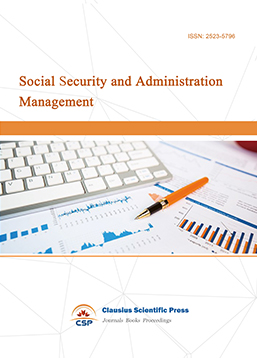
-
Population, Resources & Environmental Economics
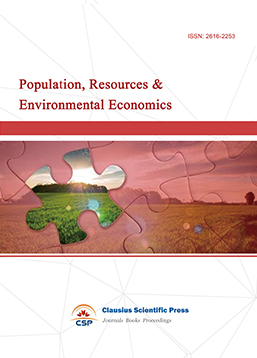
-
Statistics & Quantitative Economics
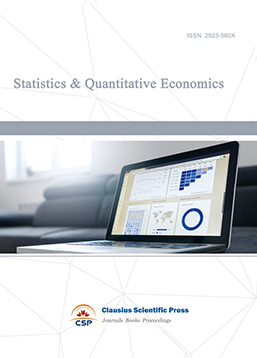
-
Agricultural & Forestry Economics and Management
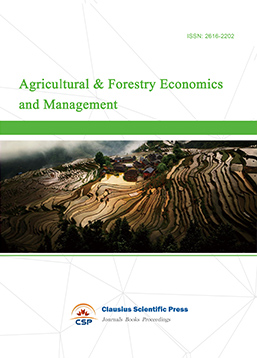
-
Social Medicine and Health Management

-
Land Resource Management
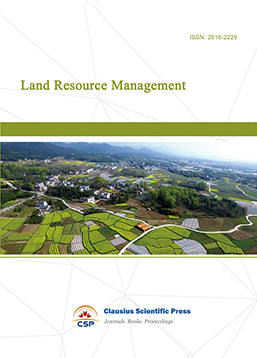
-
Information, Library and Archival Science

-
Journal of Human Resource Development

-
Manufacturing and Service Operations Management

-
Operational Research and Cybernetics


 Download as PDF
Download as PDF